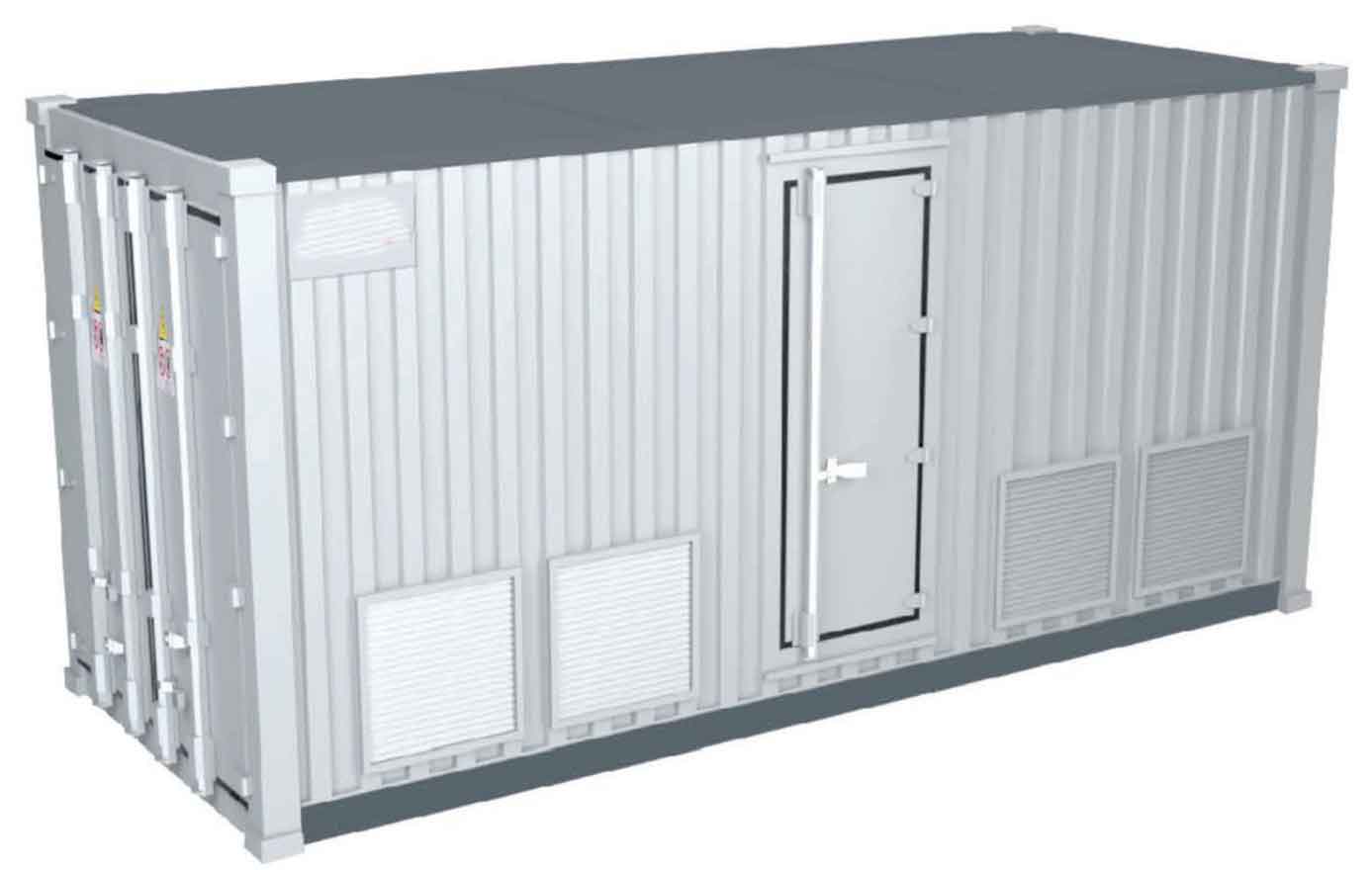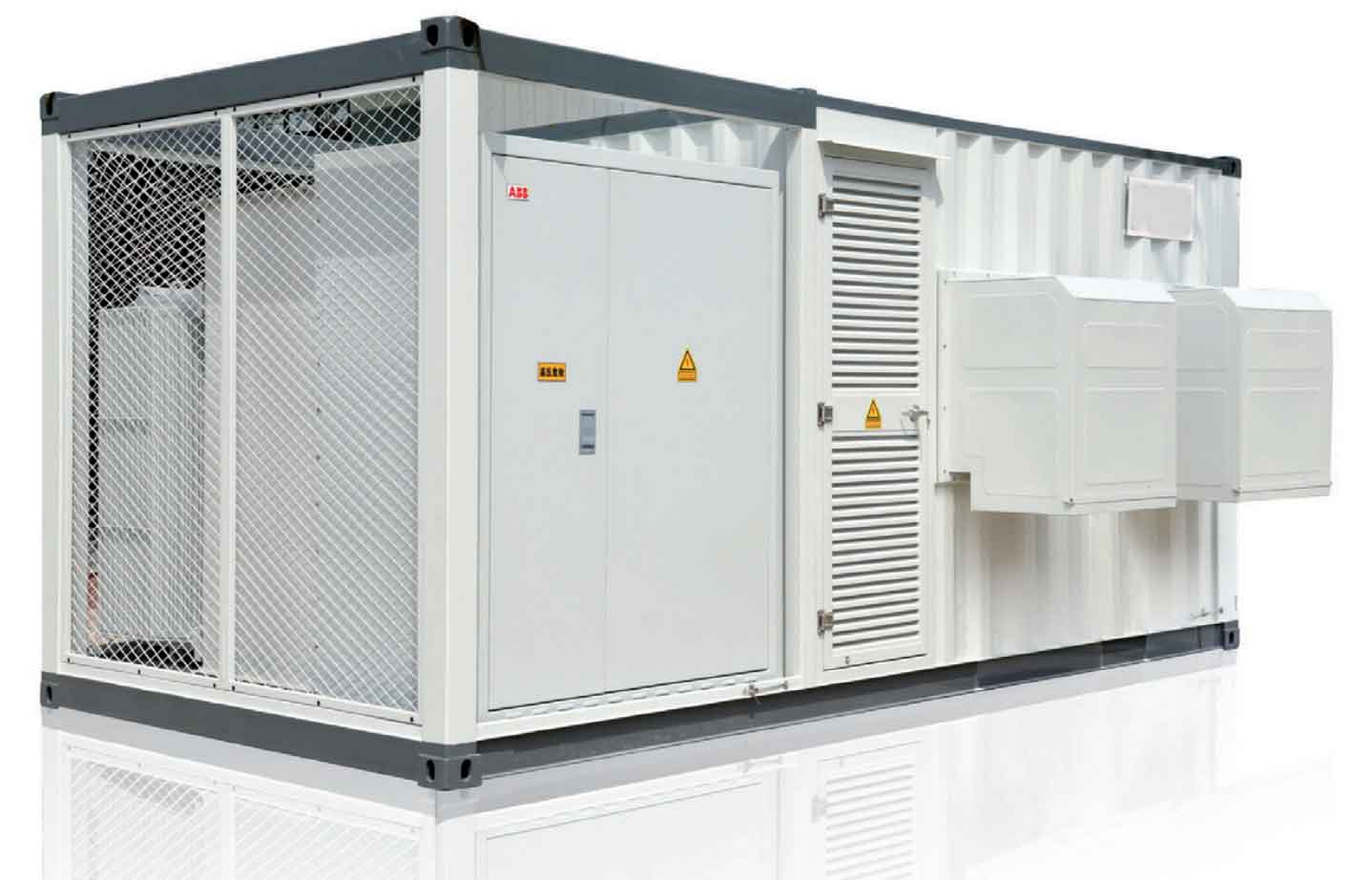The world is facing an unprecedented challenge: meeting the growing global demand for electricity while mitigating its impact on the environment. Solar energy, as a competitive energy source, can make significant contributions to addressing this challenge as electricity prices rise and it becomes increasingly economically feasible.
Voltoffer began providing solar power generation solutions in the 1990s, enabling it to fully leverage its expertise in power electronics, smart grids, distributed control systems, and various other aspects of the energy chain. Voltoffer can provide every product, solution, and service requirement – including the connection of solar modules, from rooftop photovoltaic systems in residential and commercial buildings, grid connected photovoltaic power stations and grid connections, integration solutions, to microgrid solar applications, everything.
Successfully deploying solar photovoltaic power plants and achieving solar grid connected power generation require station level technical capabilities. Voltoffer has the professional knowledge and experience required to provide a complete solution, which can optimize the efficiency and operating time of photovoltaic power plants, maximizing profits.
Technological Development Trends of Solar Power Plants
Traditionally, photovoltaic power plants are equipped with inverters with the highest rated power corresponding to their installed capacity. Small power plants are equipped with miniature solar inverters, while large systems are equipped with high-power inverter stations. But this concept is undergoing changes, and the current trend in the industry is to use string solar inverters to build high-power systems. The factors driving this transformation include higher output power – as distributed solar inverters control power more finely – and reduced installation costs. In addition, during the failure of the solar inverter, only a small number of photovoltaic devices stopped generating electricity. These factors make string solar inverters more important.
Another interesting development direction for large-scale photovoltaic systems is to include environmental measurements
Based on this, to improve short-term prediction ability and output. By monitoring environmental data such as cloud movement above the photovoltaic power plant, the power dispatch room can provide advance guidance to the solar inverters inside the power plant to adjust their own operation, that is, improve the operation of MPT. In addition, these data can also be used to predict short-term electricity generation, thereby benefiting grid operators.
A modern function of photovoltaic power generation is to connect different distributed data services, such as solar inverters that can connect to information networks, store and share relevant information including historical power generation. Similarly, this information can assist grid operators in addressing the issue of electricity supply and demand balance.
Solutions for Large Photovoltaic Power Plants
The photovoltaic industry has achieved significant technological development in all aspects, but the pace of innovation in the power plant sector is the fastest. Since the early stages of the development of the modern photovoltaic industry, the development of large-scale solar inverter technology has been driven by optimizing the production efficiency of power plants and reducing total occupancy costs. The so-called total cost of ownership refers to the sum of initial capital expenditures plus the operating expenses of the power plant’s lifecycle.
In the past 10 years, most of the efforts made by the solar inverter industry have been aimed at improving the energy conversion performance of solar inverters. As a result, the weighted efficiency value of inverters has increased to 9.8%, and the peak efficiency has increased to 9.9%. However, the inevitable trend of asymmetric efficiency, as well as the limited increase in economic benefits relative to the additional costs of better performing topologies and control technologies, has led the industry to focus on reducing total cost of ownership.
Innovation in solar inverter technology is seen as a way to reduce the cost of peripheral systems. The surrounding system accounts for 60% of the cost of large photovoltaic power plants, while the solar inverter itself accounts for less than 10% of the cost of photovoltaic power plants. A few years ago, a large-scale upgrade from a 600 V system to a 1000 V system resulted in a 25% reduction in the cost of DC peripheral systems. The photovoltaic industry is currently on the brink of upgrading from a 1000V system to a 1500V component technology, which requires a thorough examination of the electronic and motor components and topology inside solar inverters, in order to completely change the product line of large-scale solar inverters.
Another component of total cost of ownership is operating costs. The annual operating and maintenance costs of photovoltaic power plants account for approximately 1.5% of the initial capital expenditure, with a significant portion arising from the maintenance of traditional air-cooled solar inverters, especially when they are installed in remote and harsh areas. Within the expected working life of a photovoltaic power plant of approximately 20 years, operating costs have become the main cost element of the power plant. The combination of reducing maintenance costs, logistics costs, and simplifying installation has become another major factor driving the evolution of mechanical enclosures for large-scale solar inverters.
Recently, several large photovoltaic power plants have suddenly chosen outdoor inverter enclosures, marking the first step in this direction. Moreover, with the development of innovative low-cost cooling and maintenance solutions, this trend will continue. Traditional air-cooled solar inverters require regular cleaning of air filters to purify electronic components directly exposed to the airflow. They are gradually being replaced by sealed enclosures using liquid cooled or gas-liquid combined cooling solutions.
Inverter station and inverter medium voltage station
From 2018 to 2019, Voltoffer launched two integrated solutions for large-scale photovoltaic power plant applications in the Chinese market: centralized box inverter stations and inverter medium voltage stations.

The centralized box type inverter station comes in two models: 1000 kW and 2000 kW, equipped with one or two Voltoffer centralized solar inverters and internal auxiliary power systems, lighting, temperature and humidity monitoring equipment, safety grounding system, professional ventilation and insulation design, etc., allowing engineering personnel to easily and quickly connect the solar inverter to the medium voltage transformer.

The design of the inverter medium voltage station inherits Voltoffer’s long-term experience in developing and manufacturing secondary substations for power transmission systems. It adopts a compact semi open container design, equipped with a Voltoffer centralized solar inverter, medium voltage transformer, medium voltage switch, communication cabinet, auxiliary power system, lighting, temperature and humidity monitoring equipment, safety grounding system, etc., and has professional ventilation and insulation design, allowing engineering personnel to easily and quickly connect the solar inverter to the medium voltage power grid. The Voltoffer inverter medium voltage station has two models: 1000 kW and 2000 kW, and supports the combination of multiple units to flexibly expand the power of the station.
